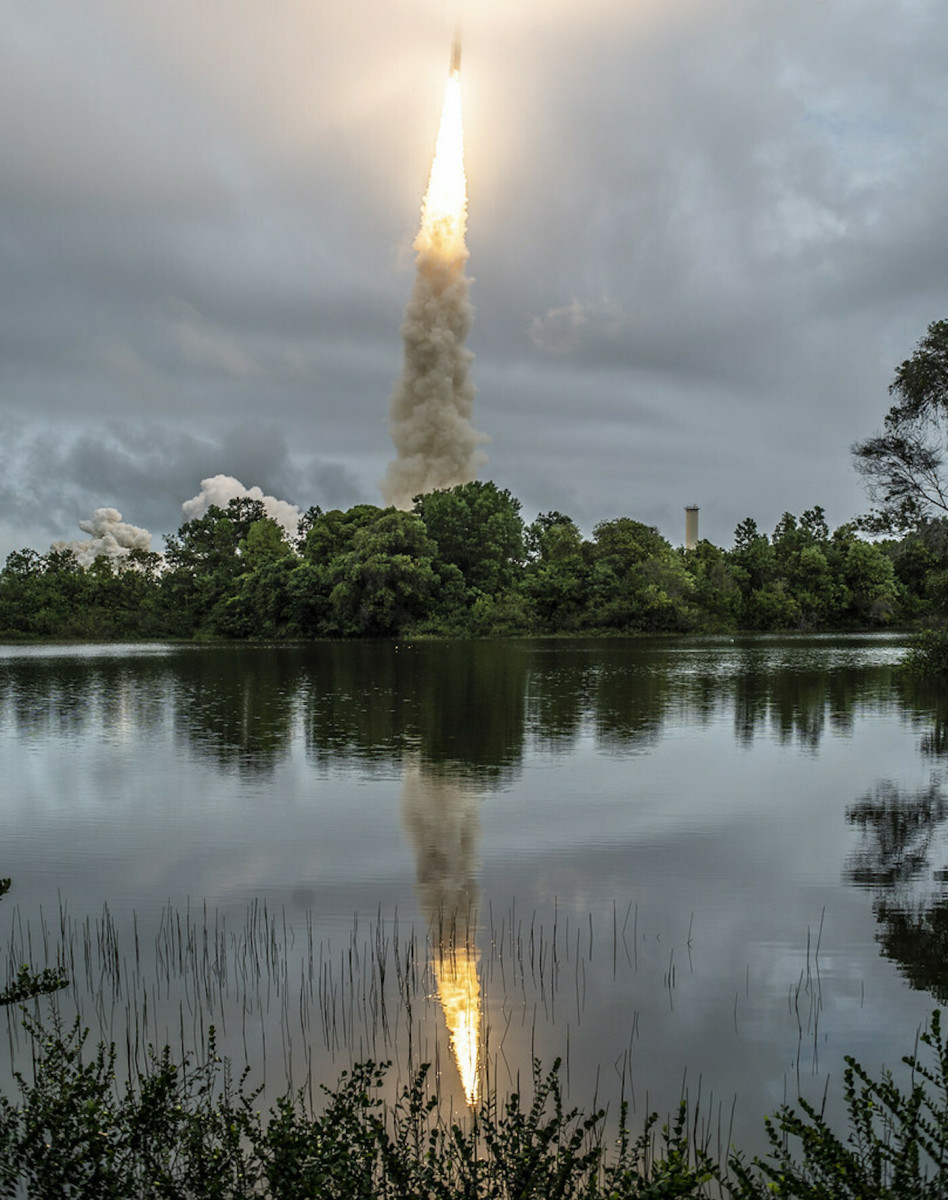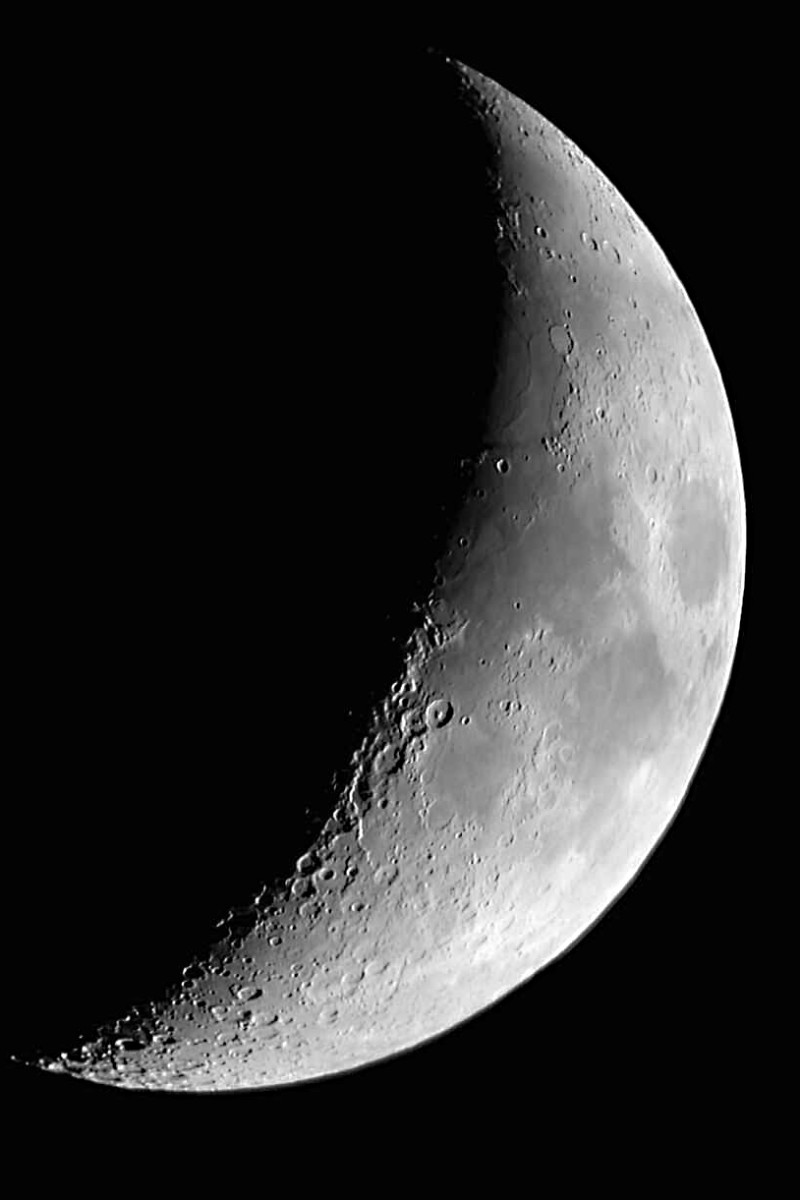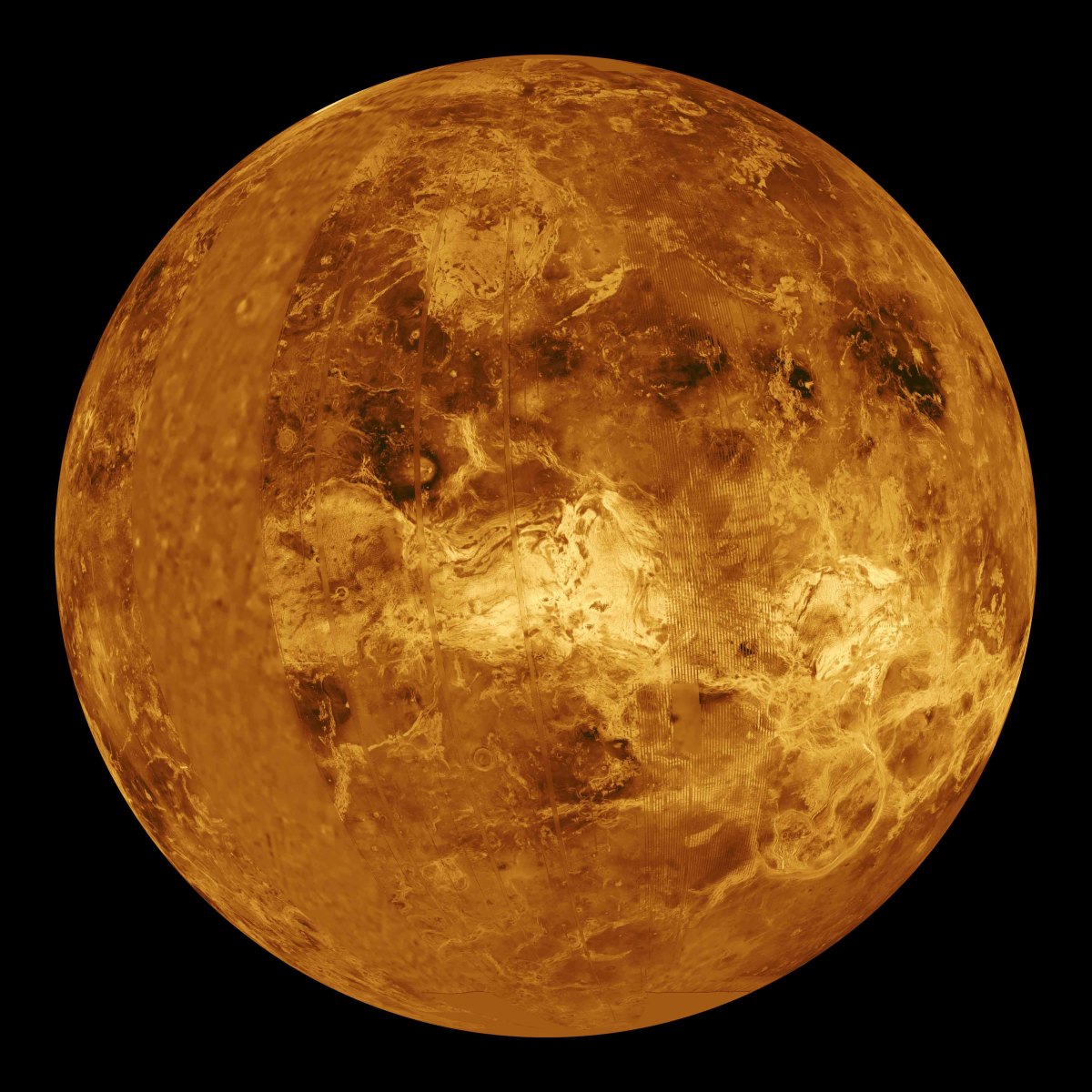Space Camp Ideas For Kids
Teaching Is Learning Twice
You don’t have to be a brilliant scientist or work for NASA to create a fun and engaging space camp. Whether you are looking for ways to keep your kids in learning-mode during school breaks or you need fresh ideas for the classroom, save yourself some time and effort by extracting what you can use from this five-day plan.
First, you will need to select a book that includes the information you want to teach. The National Geographic Kids First Big Book of Space is a favorite—it’s written for kids from preschool through grade 3. It breaks down complex concepts into an easy-to-read, simplistic segments, it is very comprehensive, and the illustrations are remarkable and inspiring. Despite its simplicity, the barrage of information should be chewed in digestible quantities to help students better retain the material. To help with reading comprehension, use a science journal to accompany your text selection. This journal is specific to the National Geographic Kids First Big Book of Space, but if you’ve selected a different main text, consider designing your own journal to go with it. Read a portion of the material and then answer the questions in the journal.
This five-day plan references pages to incorporate from the National Geographic Kids First Big Book of Space, so if you’ve selected a different teaching tool, you’ll need to make the necessary substitutions.
Day One
-
Read National Geographic pages 8-17, discussing the solar system and the sun, and then answer corresponding questions in space journal.
-
Do a sun squish craft. Simply cut out a circle from white paper, glue into onto black construction paper, and then squire yellow and red paint on it. Cover it with Saran Wrap and have students squish it. Use Q-tips to extend the sun’s rays. Kids love squishing, and it’s a great sensory experience! Each sun with be unique! If you want to make things easier, just squirt the paints onto a paper plate instead before applying the cling wrap.
-
To complete your discussion of the sun, do a day and night sorting activity. You can download these activity cards or design your own. Students will take turns deciding if each activity happens during the day, at night, or both day and night. You can laminate the cards and Velcro the headings to a tri-fold cardboard display. Place additional Velcro under each heading so students can affix the cards to the appropriate spot. You can do this as a class activity or a science center. Too much trouble? Name the activity card and call on each student for the answer.
-
Read National Geographic pages 18-23 to learn more about the Earth and then answer questions in the science journal.
-
Along with the discussion of Earth, explore gravity with fun, interactive experiments. Have kids jump on a trampoline or just jump up into the air to see how gravity pulls them back down. Drop balls of various sizes to demonstrate how gravity pulls them down at the same time. Pour water from a cup, drop pencils, race cars down a track—the possibilities are endless and completely flexible with whatever props you have in the classroom or your home.
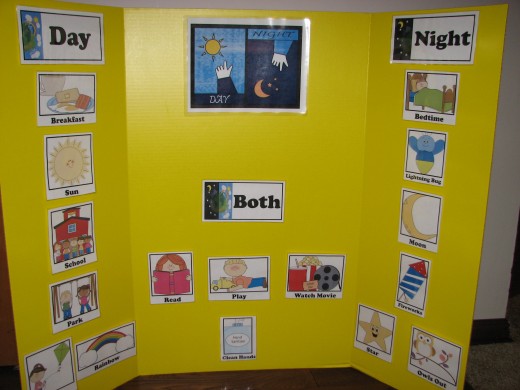
Day Two
-
Read National Geographic pages 24-31 on the moon and meteors before completing science journal.
-
Make lunar craters as a fun experiment. Fill a dish or pan with flour. Hand various objects to your students—marbles, beads, rocks, etc. Ask each student to toss his object into the flour. The object will make a lunar crater impression before as it sinks into the flour.
-
Download the Moon Phases Mini-Book from Scholastic. Students will write a description under each moon phase, color the visible portion of the moon, make up their own names for each moon phase, and draw a picture of their favorite phase. The mini book also comes with a monthly moon phase calendar. For this extension activity, have students observe the moon every evening and draw what the moon looked like on their recording sheet. If you want a master key for this, do a quick Google search. Type in, “August 2015 moon phases calendar” (or whatever month/year you’re seeking), and it will produce a master calendar for you.
-
Do an Oreo cookie moon phase experiment. I cannot express how exuberant how your students will be with this experiment, especially if they have a chance to nibble on some Oreos! You can do this as a whole group or small group activity, in a science center, or individually (if you want to buy a ton of Oreos). Students will twist the Oreos apart and scrape off the correct amount of icing to match each phase of the moon.
-
Read National Geographic pages 112-115 on telescopes. Give each student an empty paper towel holder along with craft materials to create their own telescopes. They can use their telescopes each evening if you assign the moon observation extension activity.
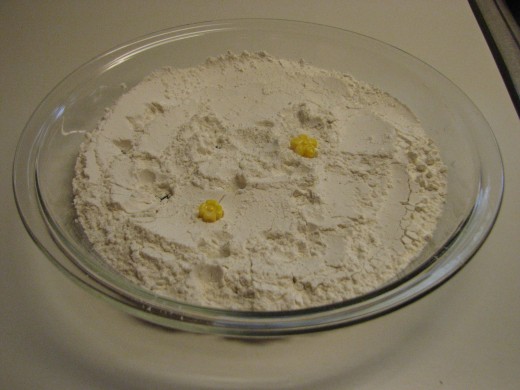
Day Three
-
Read National Geographic pages 33-55 covering Mercury, Venus, Mars, and Jupiter. Complete science journal.
-
Do a planet hide-a-number activity, if you’re working with younger children. This activity teaches numbers 1-20. Place an M & M over a number and ask the student to figure out which number you covered. If he gets it right, he gets to eat the M & M!
-
Get kids writing with the If I Discovered a New Planet activity. Students will name and draw their new planet, describe its attributes, and write and draw about when people vacation on their planet!
-
Read National Geographic book pages 56-59 covering Saturn, Uranus, and Neptune before answering questions in the science journal.
-
Have students place the planets in the proper order with this cut and paste worksheet.
-
Download these planet cards and review planetary order again before getting kids out of their seats to do the Planet Pokey.
You put your Mercury in
You take your Mercury out
You put your Mercury in
And you shake it all about
You do the Planet Pokey
And you spin in your orbit
It’s something that never quits!
Slightly cheesy? Perhaps. But kids love to be silly and move, so let them get their wiggles out!
-
Read National Geographic book pages 70-87.
-
Color, cut, and collate My Book of Space Words. This resource reinforces word recognition for Earth, sun, moon, galaxy, star, and telescope.

Day Four
-
Read National Geographic books pages 90-95 about stars before completing science journal.
-
Do I Know About Stars mini book. Kids can color, cut, and collate this little book that reinforces what they’ve learned about stars.
-
Give your students a star counting worksheet.
-
Time for some craftivity with this Q-tip star painting activity. Draw or print white star outlines on black construction paper. Provide your students with paint and Q-tips and have them dot paint each star.
-
If you are working with younger learners who are in the early literacy stages, help them identify the letter “S” with this star craft. Cut and paste a large “S” to black construction paper. Write “S is for Stars” at the bottom with white crayon and have students decorate the page with star stickers.
-
Read National Geographic book pages 96-105 on constellations, galaxies, the Milky Way, nebulas, and black holes. Complete science journal.
-
Using toothpicks and mini marshmallows, have each student construct her own constellation. Watching little imaginations explode with creativity during this project time is a delight.
-
Your students have been bombarded with so much information about space at this point that it’s time for a breather. To review the concepts you’ve been teaching with light-hearted whimsy, read them the fun Seuss-inspired classic, There’s No Place Like Space.
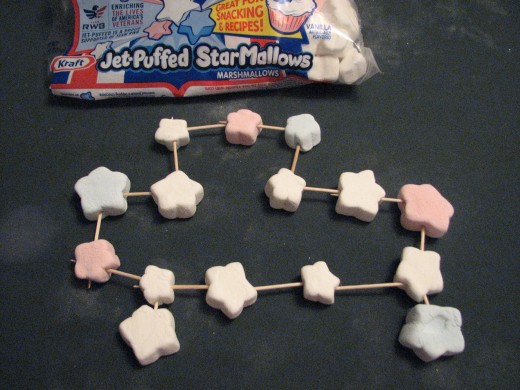
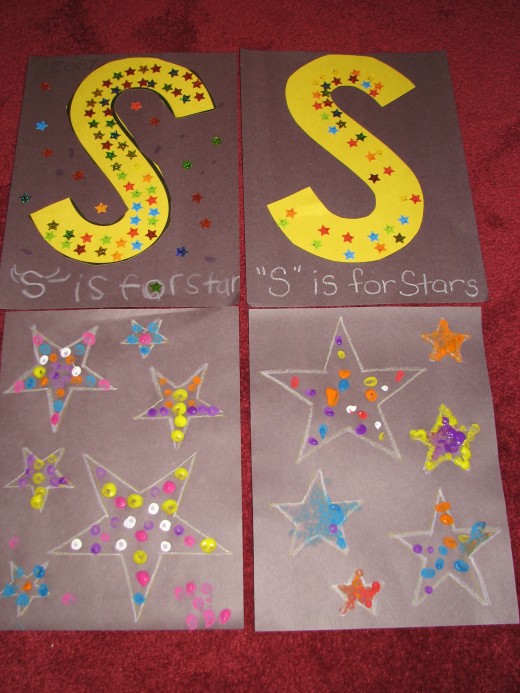
Day Five
-
Read National Geographic book pages 106-111 about rockets and the space station before proceeding to pages 116-121 on the Goldilocks Zone. Finish the last of the space journal.
-
To review numbers 0-10 in reverse order, download this rocket worksheet. Kids can trace the numeric countdown and color the rocket.
-
Make a name rocket! Give each student enough squares of colored construction paper to form the letters of their names. Have students write one letter of their names per square and glue in order on black construction paper. Top each rocket with a red triangle, cut from construction paper. For rocket fire, glue or tape curling ribbon, shredded paper, or skinny paper strips to the bottom. Decorate black background with star stickers. Blast off!
-
Construct a rocket from an empty toilet paper roll. Cover each empty roll with aluminum foil. Attach a red cone at the top, and wings on each side at the bottom. Decorate the rockets with foam stickers.
-
How about a rocket snack? Give each student a paper plate and half a banana. Put a dollop of Cool Whip in the middle of each plate and center the peeled banana half on the plate, cut-side down. Place half of a Fig Newton on the bottom of each side of the banana for wings. Place three chocolate chips vertically near the top-middle of the banana for windows. Enjoy!
-
For music arts integration, teach some silly space songs to your students, to the tune of familiar favorites! Start with singing about a rocket to “I’m a Little Teapot,” or warble about astronauts instead of “Where Have You Been Billy Boy?” Let the “Farmer in the Dell” tune crossover to a song about the solar system.
-
If you’re working with older children, try incorporating chapters each day from the book, Who Was Neil Armstrong by Roberta Edwards. It’s a fascinating look into the life of our national treasure—the first man to step onto the moon!
-
One final craft before wrapping up your camp week or unit study—transform your students into astronauts! Find a picture of the moon, print one for each student, and have them cut it out and paste to black construction paper. It should be sized to take up about two-thirds of the page. Next, print this astronaut template and have your students color it, cut it out, and paste it on top of the moon. Part of it will extend off the page. Beforehand, you will have needed to print a picture of each student, large enough so that when the face is cut out, it will fit inside the circle on the astronaut template. Choose an American flag graphic and print one for each student. This will be “planted” on the face of the moon by your little astronaut. Last, decorate the black background with star stickers.
Keep Reaching For The Stars
Whew! That is a lot of information to cover in just five days; however, depending on the flexibility of your schedule, you can adjust the activities to span additional days. The hands-on space lessons and activities covered here will help your students take one small step in their academic career and one giant leap towards a lifetime love of learning.



